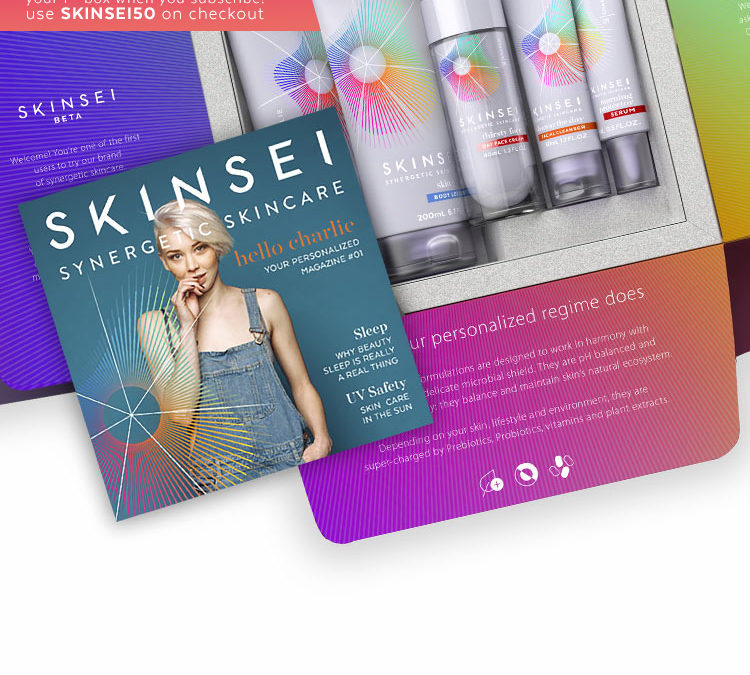For Unilever, DSC is the face of D2C. But here are 3 other concepts you might not know about, that the company plans to leverage in 2018, in an attempt to win a larger share of the fast growing toiletries and personal care e-commerce market.
More than ever, consumer goods manufacturers are seeking to engage shoppers directly by launching their own direct-to-consumer (D2C) portals, to control the relationship with the consumer, and the data that comes with it.
According to The Journal of Business Forecasting, Winter 2017 – 18, “D2C requires a significant mindset change. It requires a realization that your organization is no longer a manufacturer or a wholesaler. Instead, your firm is now a vertical retailer, which has complete control of creative, storefront, and the supply chain. And, the new focus is on building strong direct connections to its target consumer. While your organization has valued retailer relationships, the primary objective moving forward is to preserve these relationships while also growing consumer connections via direct means. It requires looking at the business through a set of new lenses. By doing this everything looks different… Much like human relationships, a modest amount of self-examination allows one to think differently about how to execute D2C, as well as how a planning model such as S&OP (Sales and Operations Planning, H.S) can support this new, emerging business model.”
D2C is a strategic growth engine for the company, who recently announced the opening of THE HUB, a “Digital Disruption Center”, to “define new ways of working for digital initiatives and shape the future of Digital Marketing for Unilever Personal Care”. The company said at its recent Investor Day, Nov. 2017, that it expects “experience platforms and e-commerce to reach 30% of turnover in 2022, from 15% in 2012”. We should view the company’s investments in light of that target. For example, according to the company, it’s partnering with Instacart, and its investment in Sun Basket, are intended to help the company “understand how data drive growth in a more D2C type of reality”.
The company, who acquired the direct to consumer shaving start up in July 2016 for $1bn, presumably to study its success in D2C ecommerce and leverage its data and experience, has initiated other interesting D2C platforms across the globe, each taking a different approach, and offering a different value proposition.
“Beauty Services. Anytime. Anywhere.”
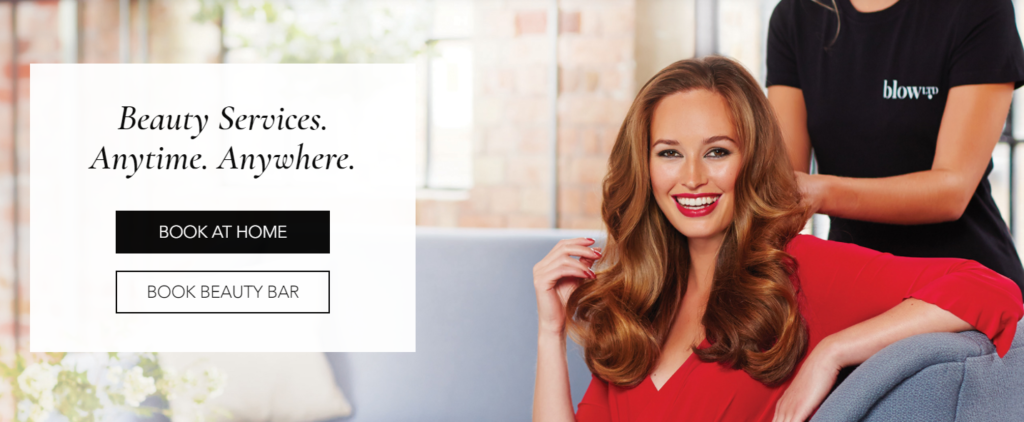
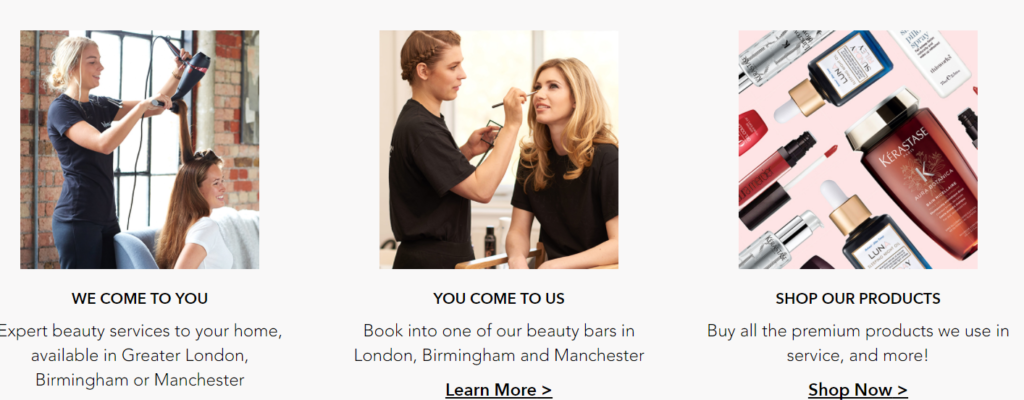
Unilever calls this London start-up “Uber for beauty” (perhaps not realizing the connotations this comparison may carry). Unilever has invested in the start up through Unilever Ventures because “it’s too early stage to bring into our main business.” Founded in 2013, the start-up has raised £12,345,530 to date according to CrunchBase.
Per the company, “Blow LTD.’s tech-enabled curated marketplace has already experienced rapid growth, delivering over 150,000 beauty services, with over 300+ vetted professionals yielding a satisfaction score of more than 95%”.
The model is attracting attention. In September 2017, upscale department store Debenhams has acquired a minority stake in Blow LTD and will join the board of the company. Debenhams wishes to get a “disruptive proposition in the large but fragmented beauty services market via a tech-enabled premium service provider”, according to Express. It also creates a new distribution channel for the department store so beauty services and treatments can now be booked to take place at home, as well as in dedicated beauty bars in Debenhams stores.
The Personalized Subscription Box One: Skinsei
“Personalized skincare based on how you eat, sleep, live”
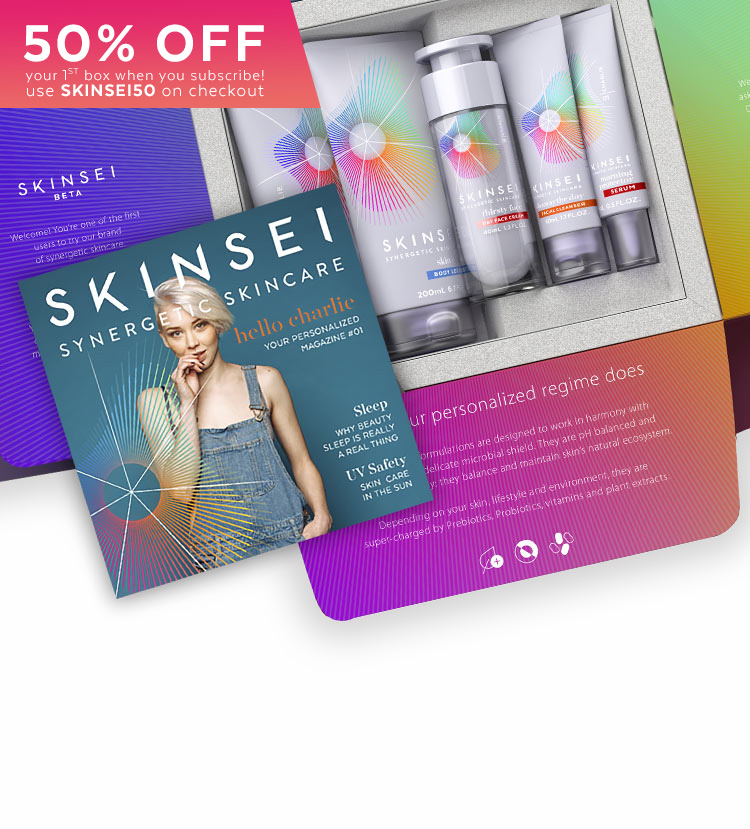
Unilever recently launched the Skinsei brand in North America in beta mode. It’s a personalized direct-to-consumer skin care regimen, requiring the shopper to answer a few lifestyle questions, followed by an offer of a customized subscription box for $ 55 a month.
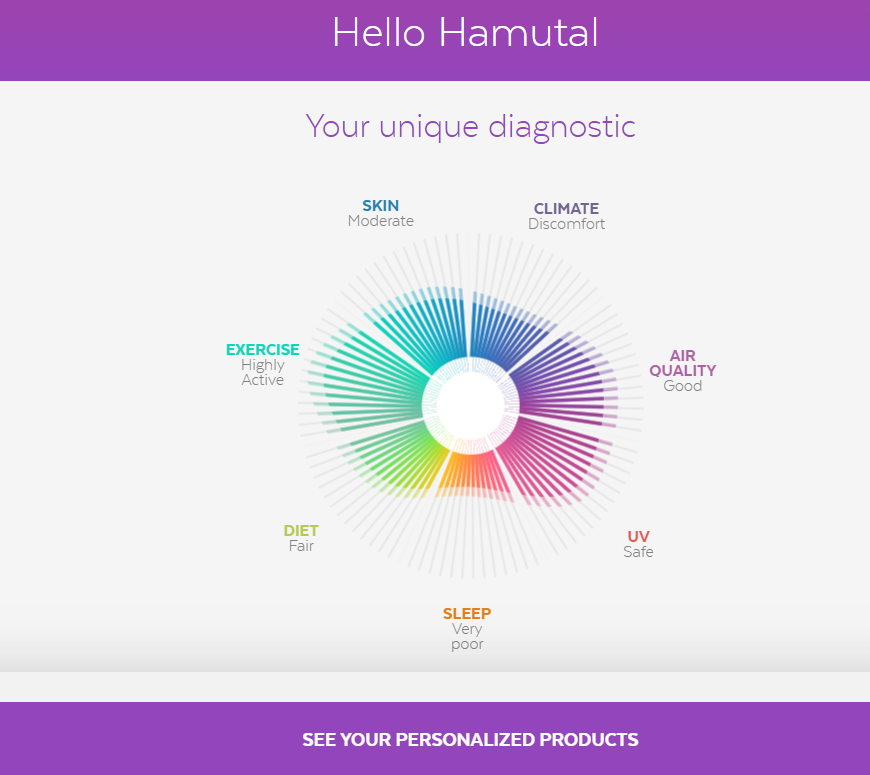
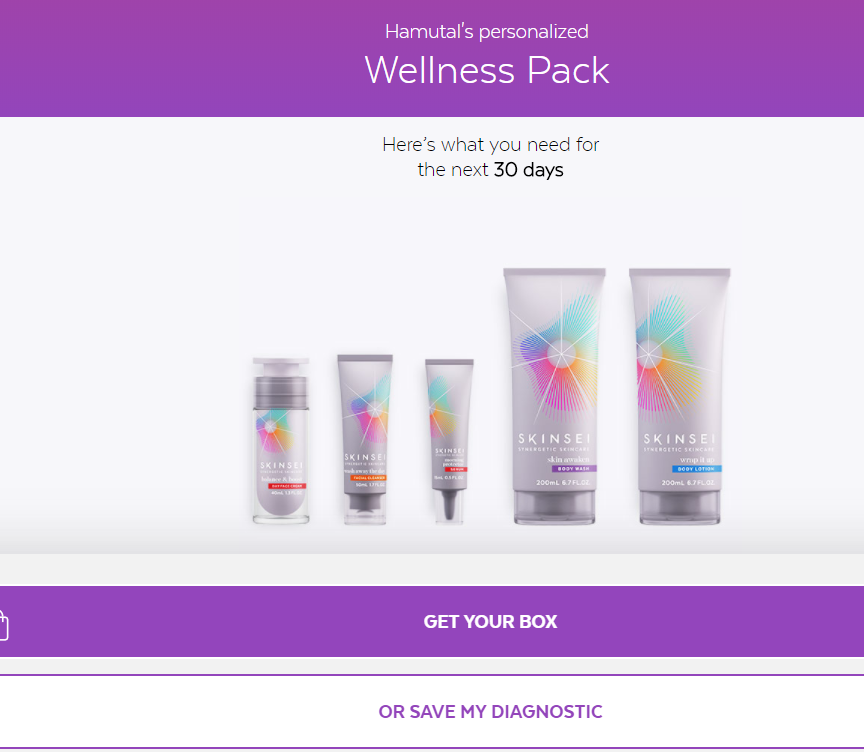
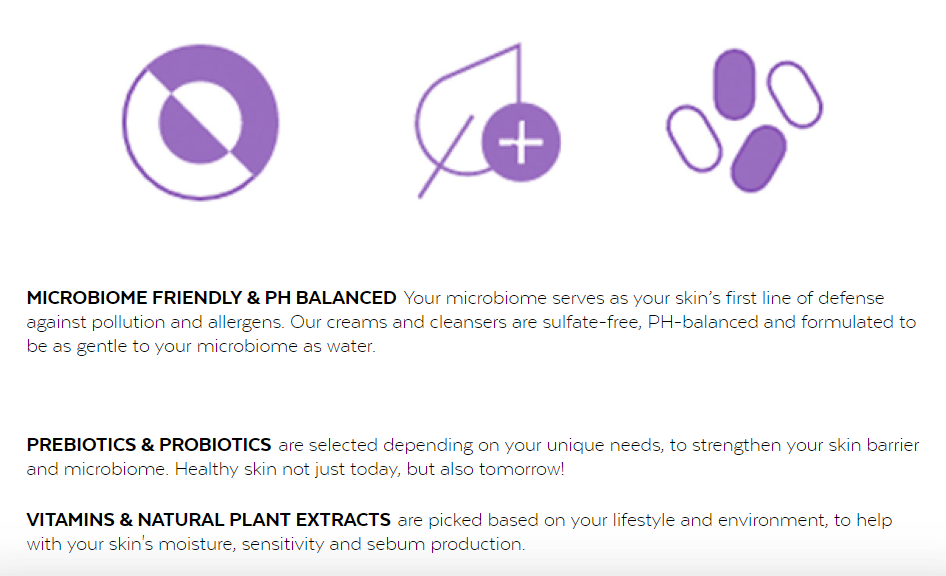
At the Investor Day, Unilever said: “This is using really the latest thinking on business models: direct to consumers, diagnostic-driven, subscription model, completely personalized. We’ve launched it also in a kind of Silicon Valley mindset. We’ve launched with a minimum viable product in beta testing. Will the eventual scale-up look exactly like this? No, I highly doubt it, but we’re in a strong learning mode right now. And of course, this has been highly informed by what we’ve taken away from working with the Dollar Shave Club.”
The “Let’s Give It A Shot Online” One: Nexxus
Unlike the other examples, which started out as direct to consumer start ups, Nexxus is a 1979 brand that became a Unilever brand through the Alberto Culver acquisition in 2010. Nexxus has declined in recent years despite a 2005 expansion from salons to mass retail that brought more distribution, but did little to support the brand’s super-premium positioning (priced at more than X2 than mass brands).
The recent move into selling direct to consumer, therefore, seems more like an addition of a sales channel, than a strategic move that takes into consideration the D2C competition in the hair care field.
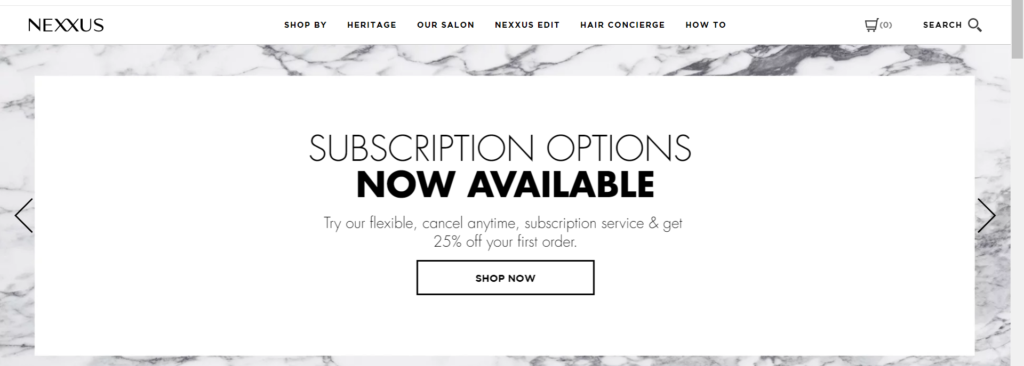
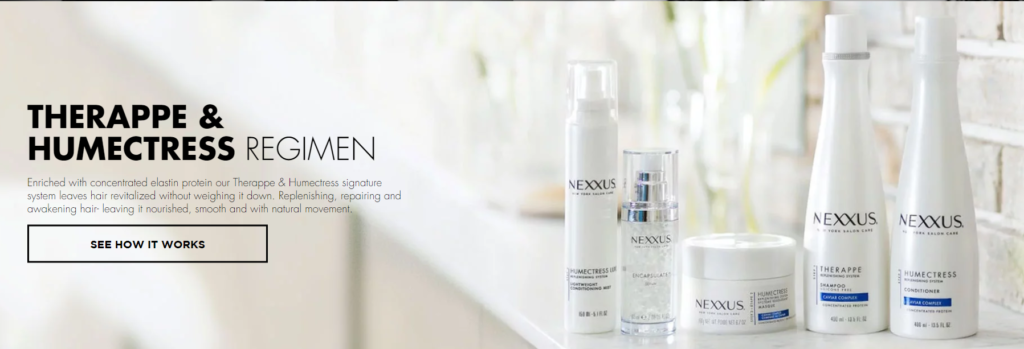
Lastly, we come back to Dollar Shave Club, which is in no way under the radar. The platform has even expanded beyond shaving recently, into oral care, launching a brand called Superba!:, and we expect the platform to move into sampling and piloting of new Millennial-skewing brands.
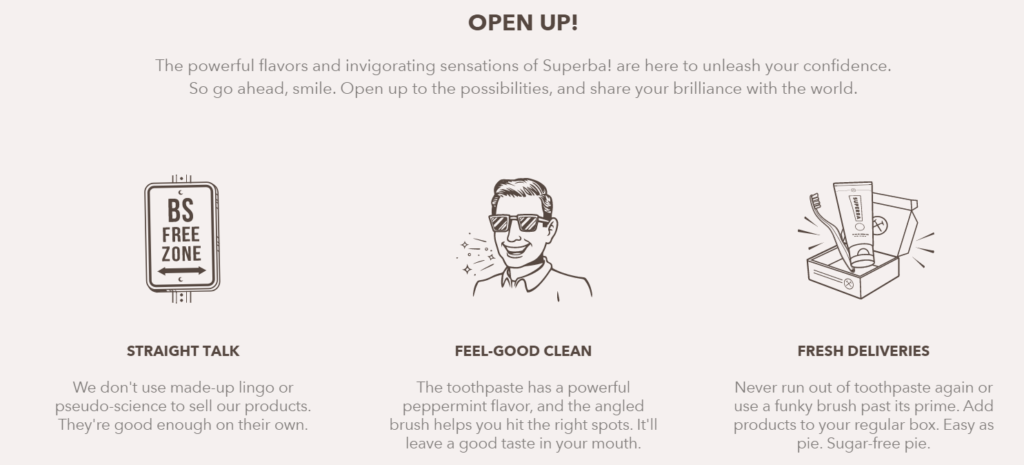
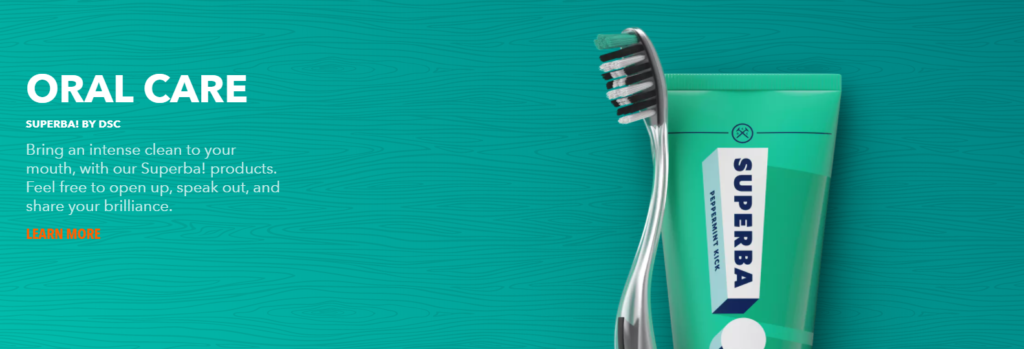
Unilever is now standing at the crossroads of the familiar retail strategy, and the logistically challenging direct to consumer strategy. It seems like Unilever is realizing that merely investing in D2C brands, without investing (alone or through 3rd parties) in proper fulfillment strategy, will not enable the company to fully benefit from the new channel. Following the DSC acquisition, it is apparently more confident in its ability to provide subscription boxes and on-demand services.

